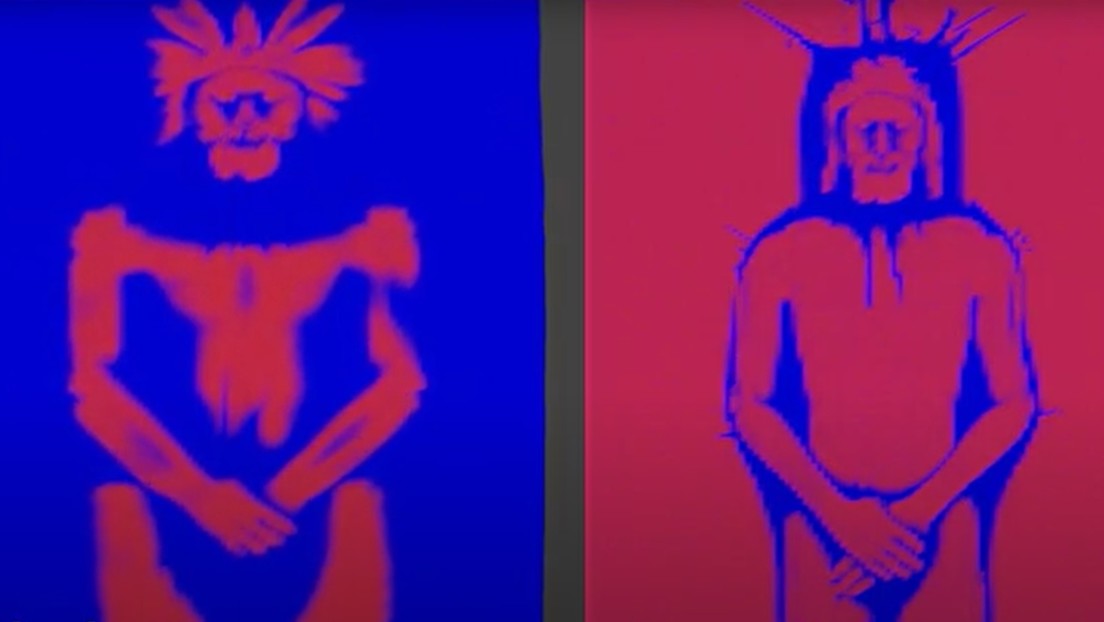According to the study, the Shroud of Turin was “not used” to wrap the body of Jesus Christ after his death.

A new study led by Brazilian 3D digital reconstruction expert Cicero Moraes questions the authenticity of the Shroud of Turin, the cloth that wrapped the body of Jesus Christ after his crucifixion.
Research reported by the independent agency Penn News suggests that the famous imprint on the shroud could not have been produced by a three-dimensional human body, but could have been an artistic creation.
The shroud, which bears the image of a man with scars and wounds similar to those from crucifixion, has led many to believe it is Jesus’s. However, Moraes used 3D modeling software to simulate how a cloth would behave when wrapped around a human body. 2D simulations showed a “distorted and more robust” image than the one seen on the Turin fabric.
According to Moraes, when a cloth covers a three-dimensional object such as a body, blood stains and other patterns become distorted and create a more “swollen and distorted” image. This is different from the wide, flat image seen on the Shroud. “What we see as a result of printing stains on the human body will be a more swollen and distorted version of it, rather than a photocopy-looking image,” Moraes explains.
A low-relief object, possible origin of the image
Experts say that impressions on the shroud could only be obtained by placing the fabric on an object with low relief, such as a shallow stone carving. This will prevent image distortion and achieve a more accurate effect, as seen on the Shroud of Turin.
For Moraes, the shroud may have been a religious work of art, designed to inspire believers and serve a symbolic purpose. “I think it’s very unlikely that this happened (that the shroud touched Jesus’ body),” the expert says, arguing that the relic has more artistic than historical merits.
Relics or Christian Art?
Moraes’ research reopens the debate over the authenticity of the Shroud, one of Christianity’s most revered and most controversial relics. In his words, people are divided into two camps: those who believe it is the authentic cloak of Jesus and those who believe it is a fake. But Moraes offers a third view: “I lean toward the second view: that it is truly a work of Christian art that has managed to successfully convey the intended message.”
This study raises the possibility that the shroud was created as a symbolic work, designed to convey a religious message without the need for words, a theory that challenges traditional beliefs about this famous fabric. Gives.
(tagstotranslate)rcnews